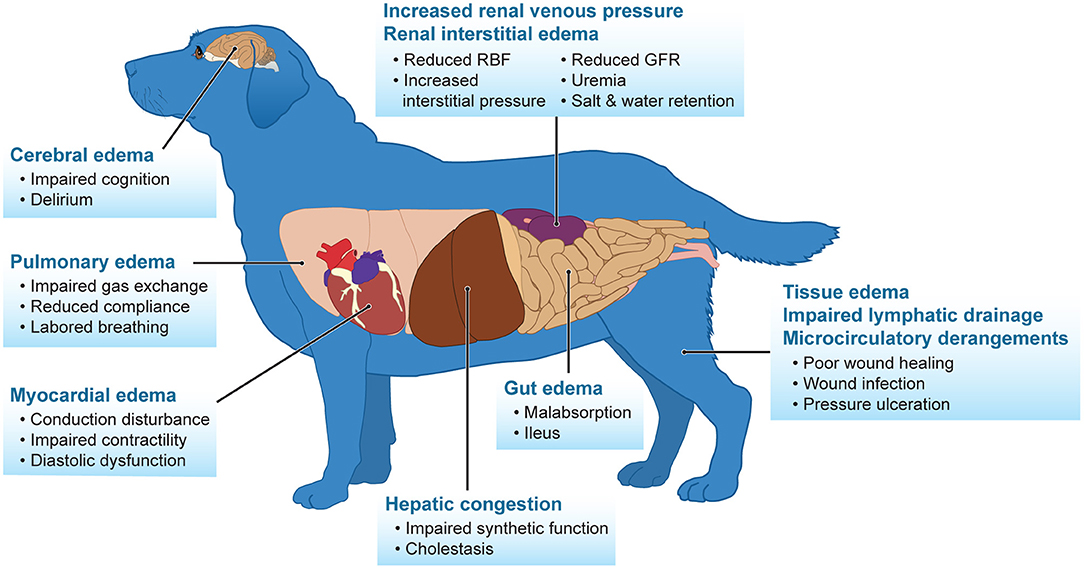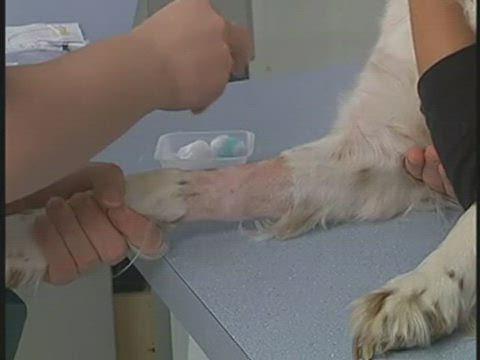starting an iv on a dog
IV fluids will replace these lost fluids and keep your pet well-hydrated. Prime saline flush and remove air bubble.

Corgi Sketchart For Dog Lovers Corgi Wall Art Animal Etsy Dog Lovers Animal Sketches Animal Drawings
Allow the site to completely air dry.

. Select an appropriate vein Peripheral indwelling IV catheters are most commonly placed in the cephalic vein in dogs and cats. It is generally recommended that animals be fasted prior to surgery to reduce the risk of vomiting while under anesthetic. Connect the IV set to the needle.
In between your dogs should blades pinch the excess skin of the back together to form a small valley. Symptoms of phlebitis include swelling of the affected limb and the limb may be painful and warm to the touch. HERES THE PROCEDURE FOR PLACING A PERIPHERAL INTRAVENOUS CATHETER 1.
Introduce a needle in the dog s back in the shoulder blade area or another area with loose skin. Rotate IV catheter and reseat if recommended by manufacturer Prep any labeling. Use the same tourniquet strategy as you would for an elderly patient with delicate veins and always advance your catheter slowly in case you accidentally hit a valve.
A rare complication of IV catheter placement is phlebitis which is inflammation andor infection of the vein that was catheterized. The best location to place the needle is between the shoulder blades. A calm environment will help keep the dog calm and cooperative.
Set up your work area. When learning start with an animal with a slighter build. Prepare the IV tubing.
We clip the hair over the anterior surface of the leg halfway between the elbow and wrist carpal area or so. Hitting the bullseye on one try will depend on the nurses preparation and skill. Find a clean quiet work space.
In the hind limb they are most commonly placed in the lateral saphenous vein. In a perfect world vets should require IV fluids and pre-op bloodwork for ALL surgries. The non-dominant hand should be used to restrain the distal limb simultaneously.
After examining individuals veins you are going to apply the tourniquet. As a result pets are usually slightly dehydrated even before the procedure begins. How to Start an IV on a Dog.
While the site is drying remove the cover from IV catheter. Advance the needle slightly forward while pulling the roll of skin towards the needle. Begin by taking both sides of the tourniquet with index finger and thumb followed by crossing sides and switching off hands then tuck front side under second side and tighten.
IV access is important for many procedures and the cephalic catheter is the most common IV catheter placed in dogs and cats. Replied on 04192011. Scrub the clipped area with chlorhexidine scrub using a gauze pad or paper towel.
If necessary clamp the tubing so that the solution doesnt drip onto the floor. The IV set will have to be pressed in the hole of the IV bag. It is well-recognized in people but less research has been done in dogs.
Steps on How to Insert an IV. While holding onto the hub of the catheter insert the IV catheter directly into the vein at an approximately 10-30 degree angle. In addition there may be some blood loss during the procedure.
Youll inject the medication or vaccination into. The most serious effect associated with reintroducing food to starving dogs goes by the name refeeding syndrome. This procedure is per.
Phlebitis can be a serious illness and if left untreated the disease can. In this VETgirl online veterinary continuing education video we demonstrate how to place an intravenous IV catheter in a dog or cat. Lay the point of the needle at the base of the roll of skin with the needle level with the dogs body and pointing toward the dogs head assuming that the dog is in an upright or standing position.
Wrap their arm in a warm blanket or use a makeshift heat pack for 15 minutes then apply your tourniquet and palpate for a vein. Stay calm and be prepared. The following is an attempt to address the difficulties encountered most commonly during the period when learning venipuncture.
Press the sharp end of the needle firmly into the skin between where your hand holds the skin and the solid muscle of the pups body. If you catch the dog starting to squat to urinate or defecate pick her up and immediately rush outside. Next prepare the supplies.
Introduce a needle in the dogs back in the shoulder blade area or another area with loose skin. Rinse the clipped area with rubbing alcohol. Preliminary IV therapy tips and tricks on how to start an IV.
The ability to give an IV injection the ability to assist someone with an IV injection and skill to teach IV injection are three different things. Grasp the skin with one hand and gently tent it upwards drawing the skin up from the underlying muscle. At this point you will decide which vein you will use.
Flush extension set with saline flush. My somewhat limited understanding of. If your dog has a shaved area on one of his front legs this is typically where the anesthetic or sedative was administered.
Next prime the IV tubing by suspending the IV bag from an elevated stand filling the tubing with saline solution and checking for any bubbles. Its really very easy. In truth the best thing to do is bring the dog to the veterinarian immediately for an assessment and feeding plan.
The bevel of the catheter should ideally be facing upwards. Additionally many dogs receive intravenous IV fluids through an IV catheter during surgery and the hair must be removed to allow the area to be disinfected properly before inserting the catheter. Inspect for damage if damaged discard catheter and get another Stabilize the IV site with your non-dominant hand.
Make sure there are no leaks so that all the fluid will enter the dogs system. Start at the center of the vein and move outward. First gather supplies and perform hand hygiene.
As far as fluids I can tell you from personal experience it takes about 2 to 5 minutes for a tech to set an IV catheter and hang a bag of fluids. Heat pack using a glove and warm water. Up to 25 cash back Typically we place IV catheters in the cephalic vein on one of the front arms.
Using the antiseptic from the IV start kit begin scrubbing in concentric circles moving outward. Wipe the area down with. This video will walk you through.
Every civilization in the world had and utilized dogs in the games time period though and none of them used dogs for warfare. You and your patient should be composed as a nervous and rushed procedure will likely result in failure. Inject 1 milliliter of lidocaine under the skin directly over the.

Intravenous Fluid Iv Fluids Therapy In Dogs

How To Stop Dogs From Pooping On Your Lawn Por Do Sol Joan Miro Mar Vermelho

Art Print Strike A Paws Iv By Anne Tavoletti 24x18in Dog Quotes Paw Dog Signs

Subcutaneous Fluid Administration In Dogs Vca Animal Hospitals

Empathie Bei Hunden Und Ihr Gespur Fur Ungerechtigkeiten Animal Domestique Nom De Chien Chien

Subcutaneous Fluid Administration In Dogs Vca Animal Hospitals

How To Give Subcutaneous Fluids To Your Dog At Home Youtube

How To Wrap The Catheter Vet Tech School Vet Tech Student Vet Medicine

Armature Guide Dogs Etsy Espana Needle Felting Tools Needle Felted Animals Diy Art Dolls

How To Place An Intravenous Iv Catheter Vetgirl Veterinary Ce Videos Youtube Vet School Veterinary Veterinarian Career

269 Intravenous Cannula Stock Photos Pictures Royalty Free Images Istock

Subcutaneous Fluid Administration In Dogs Diabetic Dog Pet Care Dogs Dogs

Dog Chakras Chakra System Dog Poster Reiki

Frontiers Effects Of Iv Fluids In Dogs And Cats With Kidney Failure Veterinary Science

Saint Bernard Dog Vector Logo Shape Perro San Bernardo San Bernardo Siluetas Animales

Tech Skills Canine And Feline Iv Catheter Alexander Street Part Of Clarivate

Low Serum Sodium Levels Can Occur Due To A Variety Of Conditions Start By Ruling Out These Differentials For Hyponatremia Dog Allergies Love Pet Dogs

